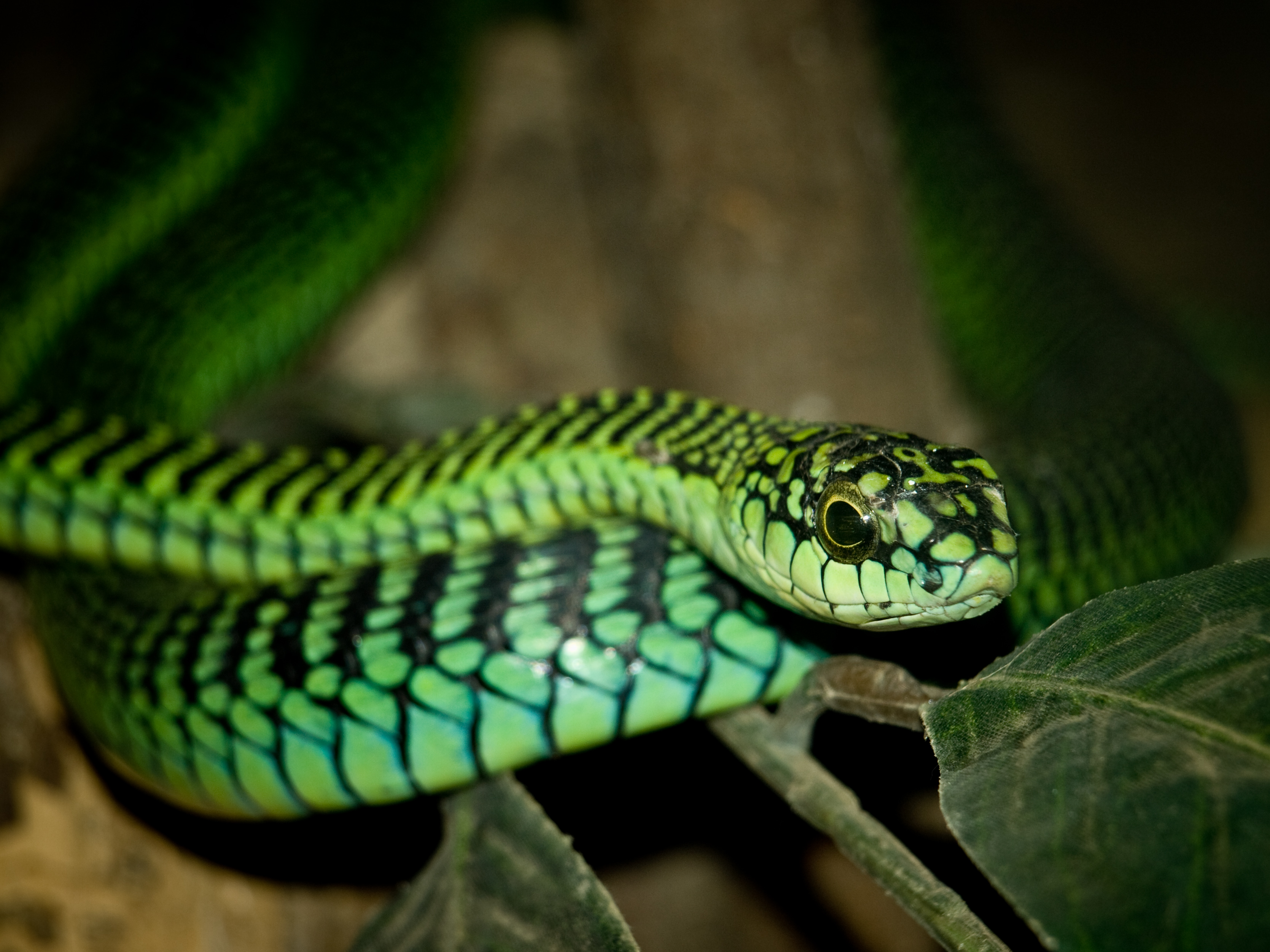|
Coluber Constrictor Oaxaca
''Coluber constrictor oaxaca'', commonly known as the Mexican racer, is a nonvenomous colubrid snake, a subspecies of the eastern racer (''Coluber constrictor''). Geographic range It is found primarily in Mexico from Tamaulipas to Veracruz, Veracruz, Vera Cruz, with isolated records of it occurring in Nuevo León, Coahuila, Durango, Colima, Oaxaca and Chiapas. The subspecies also ranges as far north as the United States in southern Texas and as far south as Guatemala. It is known to intergrade with the eastern yellow-bellied racer (''Coluber constrictor flaviventris''). Description Adults of ''Coluber constrictor oaxaca'' are 51–102 cm (20-40 inches) in total length. They are greenish Dorsum (anatomy), dorsally and yellowish ventrally. They have eight upper Labial scale, labials and eight lower labials.Hobart Muir Smith, Smith, H.M., and E.D. Brodie, Jr. 1982. ''Reptiles of North America: A Guide to Field Identification''. Golden Press. New York. 240 pp. (paperback). (' ... [...More Info...] [...Related Items...] OR: [Wikipedia] [Google] [Baidu] |
Giorgio Jan
Giorgio Jan (21 December 1791 in Vienna – 8 May 1866, Milan) was an Italian taxonomist, zoologist, botanist, herpetologist, and writer. He is also known as Georg Jan or Georges Jan. Biography After having been an assistant at the University of Vienna, Jan obtained the post of professor of botany at the university of Parma as well as becoming Director of the botanical garden. At that time, the duchy of Parma was no longer under Austrian jurisdiction following the Congress of Vienna after the defeat of Napoleon at Waterloo. Giuseppe de Cristoforis died in 1837 bequeathing his collections to the town of Milan on condition that the municipality created a natural history museum whose direction had to be entrusted to Giorgio Jan, who offered his own collections. The ''Museo Civico di Storia Naturale di Milano'' was created the following year and is the oldest natural history museum of Italy. Jan immediately engaged Ferdinando Sordelli (1837–1916), artist and naturalist, who the ... [...More Info...] [...Related Items...] OR: [Wikipedia] [Google] [Baidu] |
Chiapas
Chiapas (; Tzotzil and Tzeltal: ''Chyapas'' ), officially the Free and Sovereign State of Chiapas ( es, Estado Libre y Soberano de Chiapas), is one of the states that make up the 32 federal entities of Mexico. It comprises 124 municipalities and its capital and largest city is Tuxtla Gutiérrez. Other important population centers in Chiapas include Ocosingo, Tapachula, San Cristóbal de las Casas, Comitán, and Arriaga. Chiapas is the southernmost state in Mexico, and it borders the states of Oaxaca to the west, Veracruz to the northwest, and Tabasco to the north, and the Petén, Quiché, Huehuetenango, and San Marcos departments of Guatemala to the east and southeast. Chiapas has a significant coastline on the Pacific Ocean to the southwest. In general, Chiapas has a humid, tropical climate. In the northern area bordering Tabasco, near Teapa, rainfall can average more than per year. In the past, natural vegetation in this region was lowland, tall perennial rainforest, but ... [...More Info...] [...Related Items...] OR: [Wikipedia] [Google] [Baidu] |
Reptiles Of The United States
Reptiles, as most commonly defined are the animals in the class Reptilia ( ), a paraphyletic grouping comprising all sauropsids except birds. Living reptiles comprise turtles, crocodilians, squamates (lizards and snakes) and rhynchocephalians ( tuatara). As of March 2022, the Reptile Database includes about 11,700 species. In the traditional Linnaean classification system, birds are considered a separate class to reptiles. However, crocodilians are more closely related to birds than they are to other living reptiles, and so modern cladistic classification systems include birds within Reptilia, redefining the term as a clade. Other cladistic definitions abandon the term reptile altogether in favor of the clade Sauropsida, which refers to all amniotes more closely related to modern reptiles than to mammals. The study of the traditional reptile orders, historically combined with that of modern amphibians, is called herpetology. The earliest known proto-reptiles origina ... [...More Info...] [...Related Items...] OR: [Wikipedia] [Google] [Baidu] |
Reptiles Of Guatemala
This is a list reptiles in Guatemala, including snakes, lizards, crocodilians, and turtles. Guatemala has a large variety of habitats, from tropical rain forests, dry thorn scrubs, cloud forests, coastal marshes, Temperate coniferous forest, pine forests, mountains and lowlands. This vast contrast in biomes makes Guatemala home to a large variety of herpetofauna. These include approximately 240 species of reptiles, subdivided in 3 Order (biology), orders and 29 family (biology), families. __NOTOC__ Turtles (Testudines) Cheloniidae Order: Testudines. Family: Cheloniidae Sea turtles (Cheloniidae) are a family of large tortoises found in all tropical seas and some subtropical and temperate seas. Sea turtles evolved from land turtles about 120 million years ago and are well adapted to life in the sea. Sea turtles eat mostly jellyfish, crustaceans and squid. There are 6 species worldwide, of which at least 5 are currently endangered. * Loggerhead sea turtle''Caretta caretta' ... [...More Info...] [...Related Items...] OR: [Wikipedia] [Google] [Baidu] |
Reptiles Of Mexico
Reptiles, as most commonly defined are the animals in the Class (biology), class Reptilia ( ), a paraphyletic grouping comprising all sauropsid, sauropsids except birds. Living reptiles comprise turtles, crocodilians, Squamata, squamates (lizards and snakes) and rhynchocephalians (tuatara). As of March 2022, the Reptile Database includes about 11,700 species. In the traditional Linnaean taxonomy, Linnaean classification system, birds are considered a separate class to reptiles. However, crocodilians are more closely related to birds than they are to other living reptiles, and so modern Cladistics, cladistic classification systems include birds within Reptilia, redefining the term as a clade. Other cladistic definitions abandon the term reptile altogether in favor of the clade Sauropsida, which refers to all amniotes more closely related to modern reptiles than to mammals. The study of the traditional reptile Order (biology), orders, historically combined with that of modern amphi ... [...More Info...] [...Related Items...] OR: [Wikipedia] [Google] [Baidu] |
Colubrinae
The Colubrinae are a subfamily of the family Colubridae of snakes. It includes numerous genera, and although taxonomic sources often disagree on the exact number, The Reptile Database lists 717 species in 92 genera as of September 2019. It is the second largest subfamily of colubrids, after Dipsadinae. Many of the most commonly known snakes are members of this subfamily, including rat snakes, king snakes, milk snakes, vine snakes, and indigo snakes. Colubrine snakes are distributed worldwide, with the highest diversity in North America, Asia, northern Africa, and the Middle East. There are relatively few species of colubrine snakes in Europe, South America, Australia, and southern Africa, and none in Madagascar, the Caribbean, or the Pacific Islands. Colubrine snakes are extremely morphologically and ecologically diverse. Many are terrestrial, and there are specialized fossorial (e.g. ''Tantilla'') and arboreal (e.g. '' Oxybelis'') groups, but no truly aquatic groups. Some of ... [...More Info...] [...Related Items...] OR: [Wikipedia] [Google] [Baidu] |
Hobart Muir Smith
Hobart Muir Smith, born Frederick William Stouffer (September 26, 1912 – March 4, 2013), was an American herpetologist. He is credited with describing more than 100 new species of American reptiles and amphibians. In addition, he has been honored by having at least six species named after him, including the southwestern blackhead snake (''Tantilla hobartsmithi)'', Smith's earth snake (''Uropeltis grandis''), Smith's arboreal alligator lizard (''Abronia smithi)'', Hobart's anadia ('' Anadia hobarti)'', Hobart Smith's anole (''Anolis hobartsmithi)'', and Smith's rose-bellied lizard ('' Sceloporus smithi'')''. At 100 years of age, Smith continued to be an active and productive herpetologist. Although he published on a wide range of herpetological subjects, his main focus throughout his career was on the amphibians and reptiles of Mexico, including taxonomy, bibliographies, and history. Having published more than 1,600 manuscripts, he surpassed all contemporaries and remain ... [...More Info...] [...Related Items...] OR: [Wikipedia] [Google] [Baidu] |
Labial Scale
The labial scales are the scales of snakes and other scaled reptiles that border the mouth opening. These do not include the median scales on the upper and lower jawsWright AH, Wright AA. 1957. Handbook of Snakes. Comstock Publishing Associates (7th printing, 1985). 1105 pp. . (rostral and mental scales). The term ''labial'' originates from ''Labium'' (Latin for "lip"), which refers to any lip-like structure. In snakes, there are two different types of labial scales: supralabials and sublabials. The numbers of these scales present, and sometimes the shapes and sizes, are some of many characteristics used to differentiate species from one another. There are two different types of labial scales: * Supralabials are the scales that form part of the upper lip. Also called upper labials. * Sublabials are the scales that form part of the lower lip. Also called infralabials or lower labials. Related scales * Rostral scale: median scale on the tip of the snout bordering the mouth opening ... [...More Info...] [...Related Items...] OR: [Wikipedia] [Google] [Baidu] |
Ventral
Standard anatomical terms of location are used to unambiguously describe the anatomy of animals, including humans. The terms, typically derived from Latin or Greek roots, describe something in its standard anatomical position. This position provides a definition of what is at the front ("anterior"), behind ("posterior") and so on. As part of defining and describing terms, the body is described through the use of anatomical planes and anatomical axes. The meaning of terms that are used can change depending on whether an organism is bipedal or quadrupedal. Additionally, for some animals such as invertebrates, some terms may not have any meaning at all; for example, an animal that is radially symmetrical will have no anterior surface, but can still have a description that a part is close to the middle ("proximal") or further from the middle ("distal"). International organisations have determined vocabularies that are often used as standard vocabularies for subdisciplines of anatomy ... [...More Info...] [...Related Items...] OR: [Wikipedia] [Google] [Baidu] |
Coluber Constrictor Flaviventris
''Coluber constrictor flaviventris'', commonly known as the eastern yellow-bellied racer, is a subspecies of the eastern racer, non-venomous colubrid snake. It is endemic to North America. Description The eastern yellow-bellied racer is a thin-bodied snake, capable of attaining a total length of 1.5 metres (60 inches). As an adult, its color is an olive grey-green with a yellow underside. As a juvenile it is remarkably different, having a tan or cream-colored body with brown or grey blotches. The color gradually changes as the snake ages, becoming solid olive grey-green. Authors disagree as to when this transformation is complete, from 1½ to three years old, and from 18 to 30 inches (46–76 cm) in total length. Geographic Range The eastern yellow-bellied racer is found in the United States, from the states of Montana, North Dakota, South Dakota, east to Iowa, south to Texas and southeast to Louisiana. It is also found in isolated populations in Canada. Co ... [...More Info...] [...Related Items...] OR: [Wikipedia] [Google] [Baidu] |
Intergrade
In zoology, intergradation is the way in which two distinct subspecies are connected via areas where populations are found that have the characteristics of both. There are two types of intergradation: primary and secondary intergradation. Primary intergradation This occurs in cases where two subspecies are connected via one or more intermediate populations, each of which is in turn intermediate to its adjacent populations and exhibits more or less the same amount of variability as any other population within the species. Adjacent populations and subspecies are subject to cline intergradation, and in these situations it is usually taken for granted that the clines are causally related (by natural selection) to environmental gradients.Mayr E, Ashlock PD (1991). ''Principles of Systematic Zoology''. Second edition. McGraw-Hill. . Secondary intergradation When contact between a geographically isolated subspecies is reestablished with the main body of the species or with another ... [...More Info...] [...Related Items...] OR: [Wikipedia] [Google] [Baidu] |





